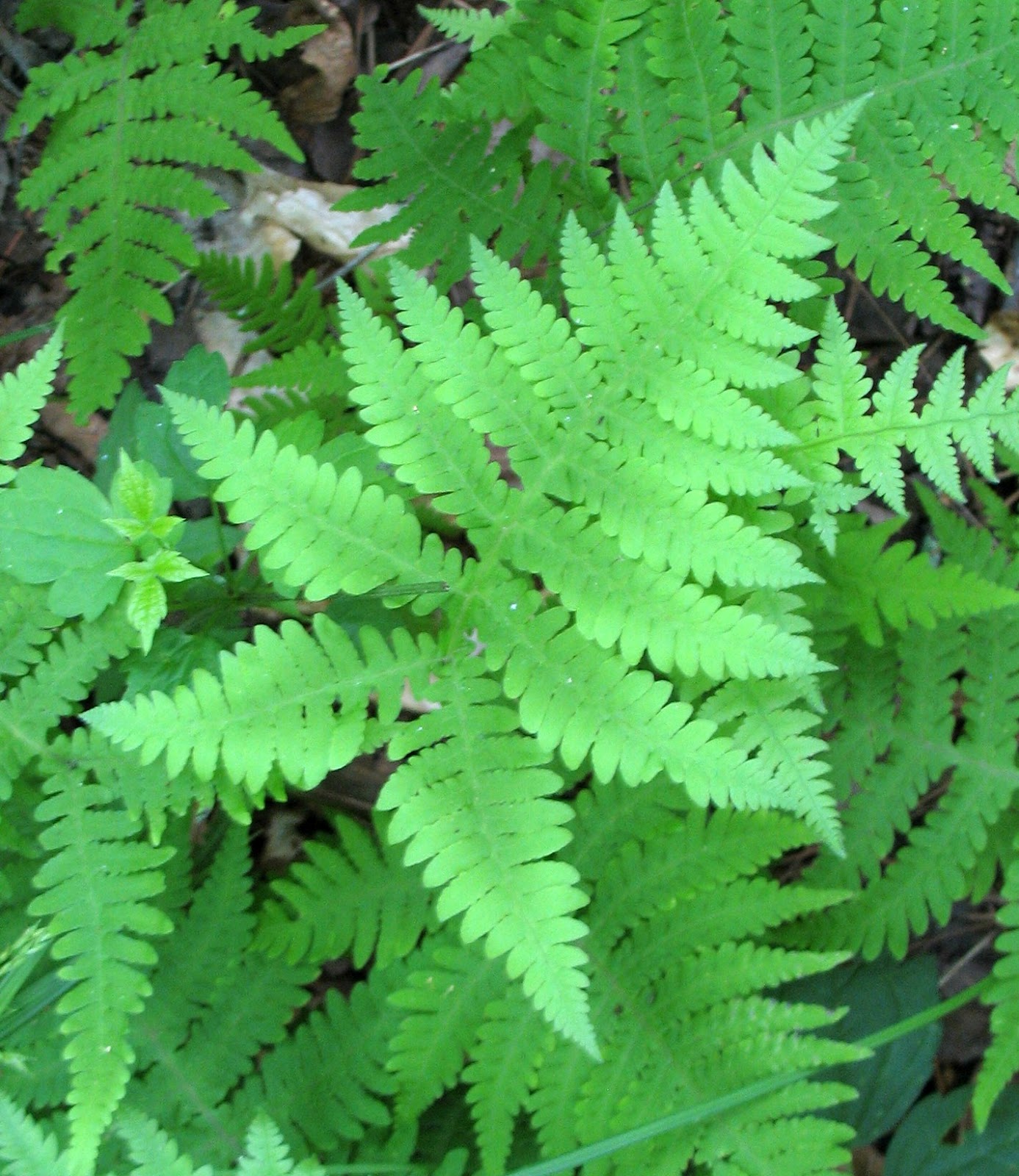Fern plants have captivated plant enthusiasts and gardeners alike with their lush foliage and unique growth patterns. These ancient plants, known scientifically as Pteridophyta, have existed for over 360 million years, making them one of the oldest groups of plants on Earth. With a wide variety of species and a plethora of uses, ferns are not only beautiful additions to any garden or home but also play crucial ecological roles.
In this article, we will explore everything you need to know about fern plants, including their care requirements, various types, benefits of having ferns, and some common issues that might arise. Whether you are a seasoned gardener or a beginner, this guide will provide you with the expertise and knowledge needed to cultivate and enjoy these magnificent plants.
Join us as we delve into the world of fern plants, unraveling the mysteries of their growth and maintenance, and discovering why they are a favorite among indoor and outdoor gardeners. Let’s get started!
Table of Contents
- What Are Ferns?
- Benefits of Fern Plants
- Types of Ferns
- Caring for Fern Plants
- Common Pests and Diseases
- Propagating Ferns
- Ferns in the Garden
- Conclusion
What Are Ferns?
Ferns are perennial vascular plants that reproduce via spores rather than seeds. They are characterized by their feathery, divided leaves known as fronds. Fern plants thrive in a variety of environments, from tropical forests to temperate regions, and can be found in diverse habitats, including woodlands, grasslands, and wetlands.
With over 10,000 species of ferns worldwide, they exhibit a wide range of shapes, sizes, and textures. Some ferns can grow to be several feet tall, while others remain small enough to fit on a windowsill. Their ability to adapt to different environments makes them versatile and appealing to gardeners.
Benefits of Fern Plants
Ferns offer numerous benefits to both indoor and outdoor spaces:
- Air Purification: Ferns are known to filter harmful toxins from the air, improving indoor air quality.
- Humidity Regulation: They release moisture into the air, which can help maintain humidity levels in dry environments.
- Aesthetic Appeal: Ferns add a lush, green touch to any space, enhancing the beauty of gardens and homes.
- Wildlife Habitat: Ferns provide shelter and food for various wildlife, including birds and insects.
Types of Ferns
There are several popular types of fern plants, each with unique characteristics:
- Boston Fern (Nephrolepis exaltata): Known for its graceful arching fronds, this fern is a favorite for indoor spaces.
- Maidenhair Fern (Adiantum): Recognizable by its delicate, fan-shaped fronds, this fern thrives in humid conditions.
- Staghorn Fern (Platycerium): This epiphytic fern grows on trees and has unique antler-like fronds.
- Asparagus Fern (Asparagus setaceus): Although not a true fern, it has fern-like foliage and is often used in arrangements.
Caring for Fern Plants
Caring for fern plants requires understanding their specific needs. Here are some essential care tips:
Light Requirements
Ferns prefer indirect light or partial shade. Direct sunlight can scorch their leaves, so it's essential to place them in a location where they can receive filtered light. If growing indoors, a spot near a window with sheer curtains is ideal.
Watering and Humidity
Ferns thrive in consistently moist soil but dislike soggy conditions. Water them when the top inch of soil feels dry. Additionally, they appreciate humidity, so misting the leaves or placing a humidifier nearby can promote healthy growth.
Common Pests and Diseases
While ferns are generally hardy plants, they can be susceptible to certain pests and diseases:
- Spider Mites: These tiny pests can cause leaf discoloration and webbing. Regular misting can help prevent infestations.
- Scale Insects: These pests appear as small bumps on the fronds. They can be removed with a damp cloth or insecticidal soap.
- Root Rot: Overwatering can lead to root rot. Ensure proper drainage to prevent this issue.
Propagating Ferns
Ferns can be propagated through several methods:
- Division: This is the most common method, where you separate the root clumps and replant them.
- Spores: Ferns reproduce through spores, which can be collected and sown in a suitable medium.
Ferns in the Garden
Ferns make excellent additions to gardens, particularly in shaded areas. They can be used as ground cover, in borders, or as focal points in landscape design. When choosing ferns for your garden, consider your local climate and the specific growing conditions of each species.
Conclusion
In conclusion, fern plants are not only beautiful but also beneficial for indoor and outdoor spaces. Understanding their care requirements, types, and benefits can enhance your gardening experience. Whether you're looking to improve air quality, add greenery to your home, or create a lush garden, ferns are an excellent choice.
Feel free to leave a comment below, share this article with fellow plant lovers, and explore more on our site for additional gardening tips and tricks!
Thank you for reading, and we hope to see you back here soon for more exciting plant-related content!
You Might Also Like
Ihop Sonic: A Delicious Fusion Of FlavorsTurning Point Church: A Beacon Of Hope And Community Engagement
Discover Zeeks Pizza: The Ultimate Guide To Gourmet Pizza Experience
Williamsport Sun Gazette: Your Comprehensive Guide To Local News And Events
Beef & Boards Indianapolis: A Culinary Experience Like No Other
Article Recommendations
- Angelaalvarez Onlyfans Leaked
- Michael Boulos Religion And Beliefs
- Paul Walker Died
- Britneybabe11 Xxx
- Baby Suji
- Beldots Boobs
- Maria Cedar
- Kaitlyn Krems Onlyfans Leaked
- Alaina Ellis Leak
- Bollyflix


